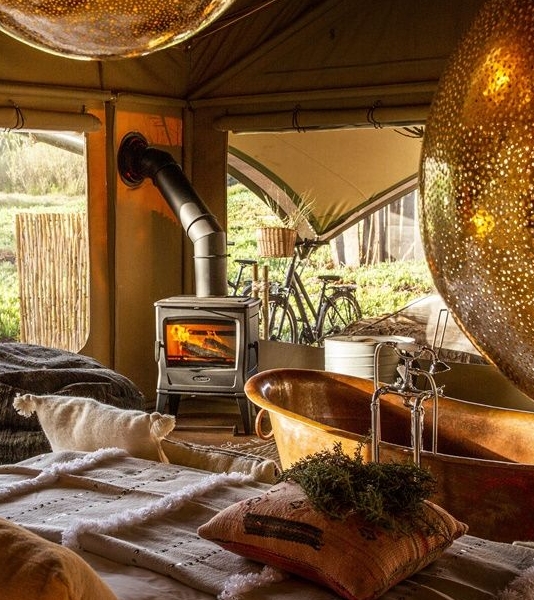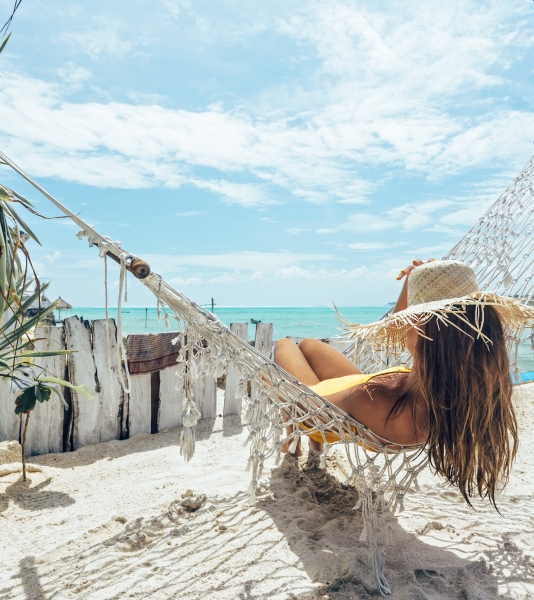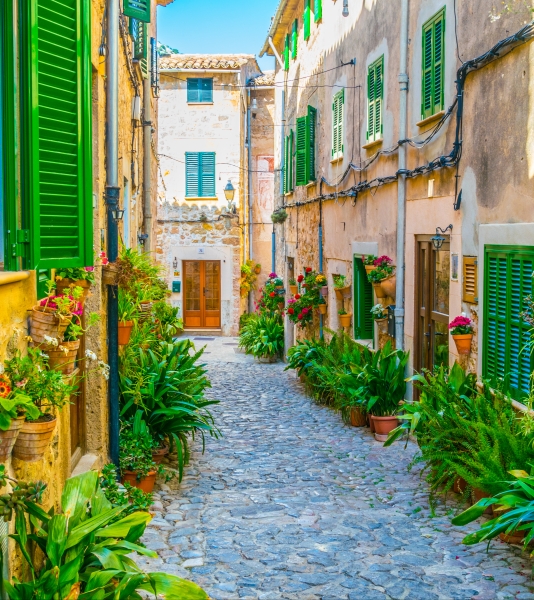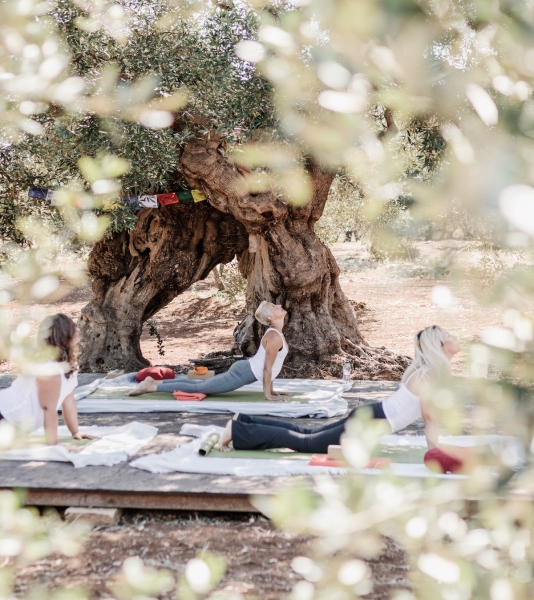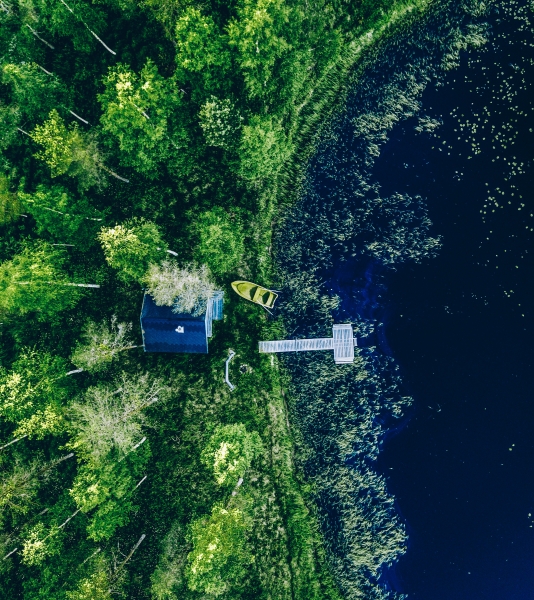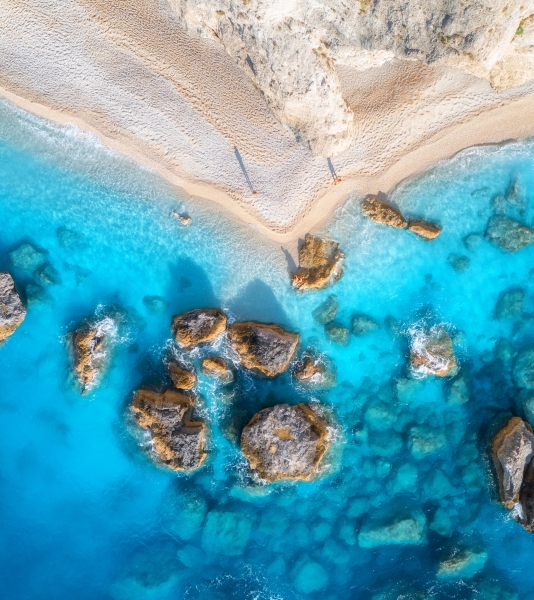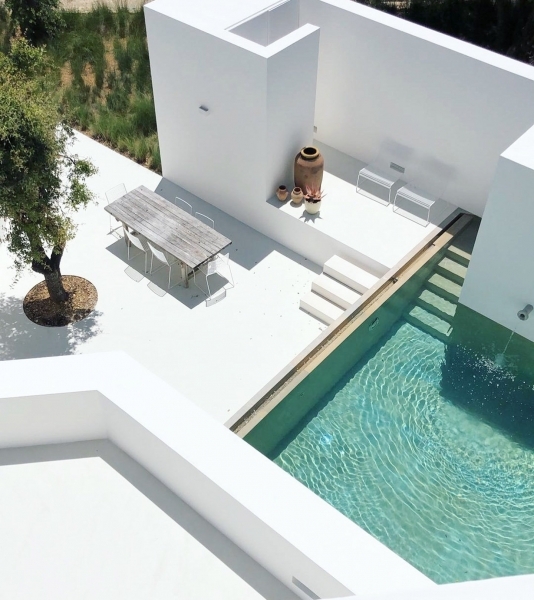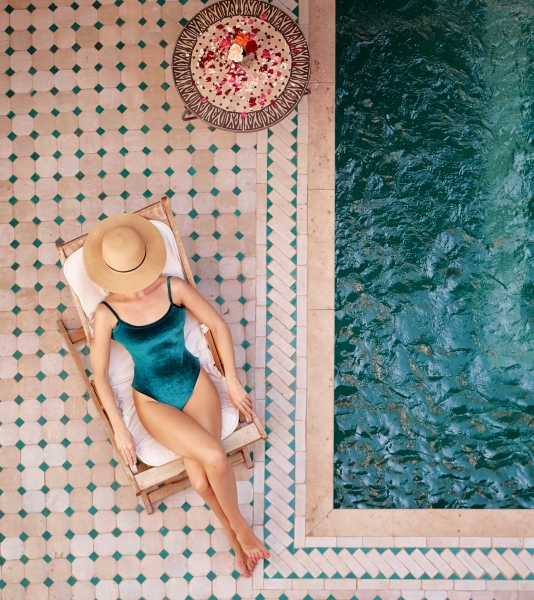Where to stay in the Azores
The Azores offer many small, romantic hotels, pousadas, and manor houses: We present an exclusive selection of the most beautiful and extraordinary accommodations on the islands of São Miguel, Pico, and Terceira, making traveling in the Azores an unforgettable experience. The small holiday homes, sometimes called Adegas, are particularly enchanting, where you can enjoy a wonderful family vacation or a romantic getaway for two. For those seeking a more nature-oriented vacation, the island of Pico is recommended, with its numerous vacation rentals, small private cabins, and family-friendly accommodations.
Stay in a fantastic apartment in the lovely old town of Ponta Delgada or a cozy cottage in Flores. No matter what you choose, we have only handpicked and personally visited charming and characterful hotels in the Azores.
If you are looking for something more specific, our collections may be able to help you find it:
- Luxury hotels to enjoy the best of the Azores
- Secluded getaways in nature and countryside hotels in the Azores
- Holiday cottages and vacation rentals in the Azores
- Inexpensive guest houses and budget hotels in the Azores
Where to stay in the Azores – Island paradise in the middle of the Atlantic Ocean
The Azores, a small island chain, have been generously blessed by nature with beautiful landscapes and lush vegetation. The sapphire blue sea, emerald green lakes, fertile plains, and volcanic craters impress even the seasoned traveler. Spectacular coastlines and impressive waterfalls abound, but stress and environmental pollution are nowhere to be found. In addition to the natural wonders, it's worth visiting the charming towns full of old alleys, stately houses, and historic buildings. What makes the Azores a perfect travel destination is the diversity of the islands.
In São Miguel, the largest and most populous island of the Azores archipelago, is where you'll find Ponta Delgada, the largest city and the capital of the Azores, where most travelers arrive by plane. It offers many interesting sights, such as the São Sebastião church, the Nossa Senhora da Esperança chapel, the hot springs in Furnas, and the Terra Nostra Botanical Gardens. Small hotels and bed & breakfasts invite you for a longer stay in the small harbour town. About a kilometer off the coast lies the islet and nature reserve of Ilhéu de Vila Franca do Campo, where you can swim in a saltwater lagoon. Also worth a visit is the nature reserve with the Bacia das Sete Cidades crater lake, but in any case, be sure to enjoy a trip to the last traditional tea plantation in Europe.
Santa Maria is the southernmost island of the Azores and also the sunniest. The climate is slightly warmer and drier compared to the other islands, which is why it's also called the "Island of the Sun." It boasts a unique flora and fauna, crystal clear waters, and some of the most beautiful beaches in the Azores – those who are looking for surfing adventures are definitely in the right place.
On the island of Terceira, you'll find Angra do Heroismo, designated as a "World Heritage Site" by UNESCO for its 16th-century palaces and fortresses, a testament to the beauty and historical significance of this city. Don't miss the Lagoa das Patos crater lake and the natural reserve Reserva Natural da Serra de Santa Bárbara.
In the middle of the central group of the archipelago lies the island of São Jorge. It is one of the smaller and less known islands, visited less by tourists, but it definitely equals the beauty and charm of the rest of the Azores.
Pico, the second-largest island in the Azores, is famous for having Portugals highest mountain, standing at over 2300 meters. An impressive green volcano with a diameter of 19 kilometers, that can be climbed. Pico is also the best island for whale watching and wine production – cozy little b&bs and luxurious villas on the coast, which leave nothing to be desired, offer great starting points for your excursions.
Forming a triangle with São Jorge and Pico, Faial is also called the "Blue Island" due to its abundance of blue hydrangeas. The Calderia nature reserve offers beautiful, untouched nature with a volcano half the size of Pico. You shouldn't miss a visit to Furna do Enxofre with its cave over an underground lake.
The smallest island in the central group is Graciosa, classified by UNESCO as a World Biosphere Reserve. It is nicknamed the "White Island".
In the western group of the archipelago are Flores and the smallest, sparsely populated island, Corvo. Flores, the island with seven lakes, promises relaxation and action. Untamed nature with steep coasts, waterfalls cascading down the slopes to the sea, and lush greenery awaits.
Be it a vacation home, a hotel in nature, a small B&B, or glamping – the Azores make every heart beat faster!
Activities in the Azores
The Azores stand out primarily for their breathtakingly beautiful and unique nature, which you can explore on foot everywhere. If you enjoy hiking, you will find hiking bliss on every island of the Azores. The Azores offer a wealth of activities: surfing, diving, cycling, horseback riding, or paragliding.
Whale Watching:
Preferred habitats of whales are found around the Azores. The sea surrounding the islands is so rich in nutrients that it attracts over twenty different species of whales and dolphins, including fin whales and killer whales. In boats with experienced captains, you can observe these wonderful creatures in their natural habitat. However, it's essential to choose a provider who prioritizes the well-being of the animals and maintains the required safety distance to avoid stressing the whales.
Formed from thousands of volcanoes, of which only nine are slightly active, the underworld also invites exploration. Almost three hundred caves of volcanic origin are scattered throughout the Azores. If you have the opportunity, try island hopping and discover the Azores Geopark with its unique volcanic geodiversity.
Golf in the Azores:
Due to the moderate climate, golf is interesting all year round, and the Azores also offer some spectacular golf courses. In the most beautiful area of São Miguel Island, you'll find the Furnas Golf Course, near the wonderful Furnas Valley. At the Batalha Golf Course, you'll tee off among dunes and woodland. The Terceira Golf Club on the island of the same name is one of the best in Portugal.
Our collections
Don’t know where to go? Let our collections inspire you.


